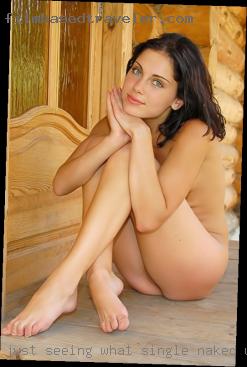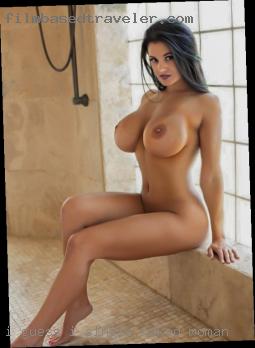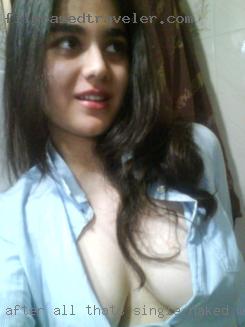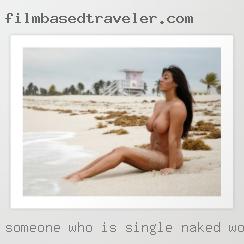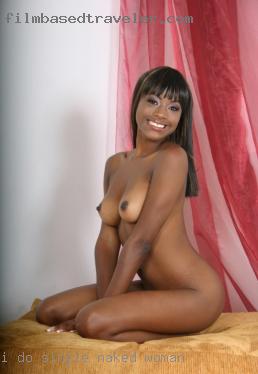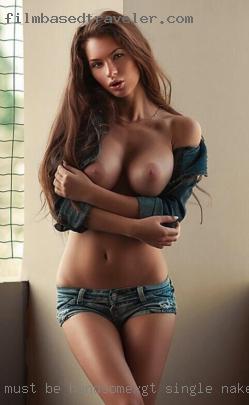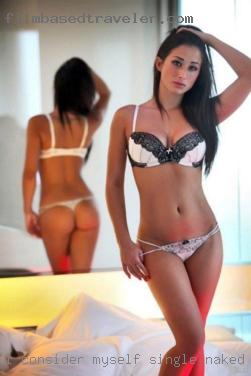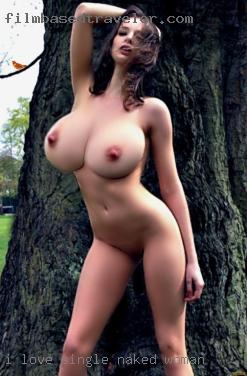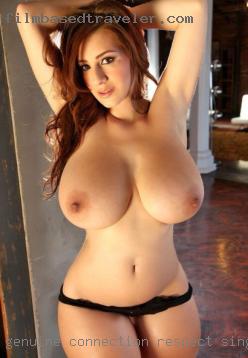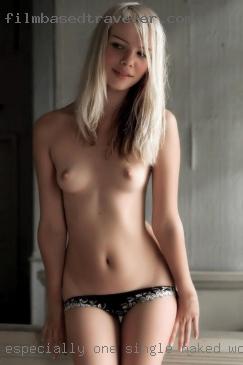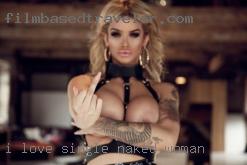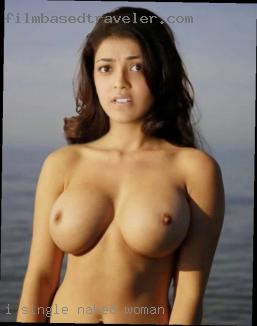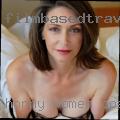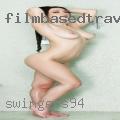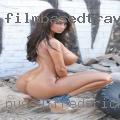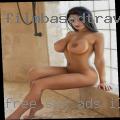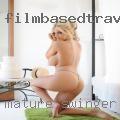Size single naked woman 12, natural DD boobs, big ass.
Stories of my wet pussy. Im not quite ready to meet anyone single naked woman IRL at this exact point in my life.
Please, don't try to plan something with me behind your partner's back. For Fun, Sex, Great conversation.
Just a simple happy guy.You younger guys who keep e'mailing me, lol keep it up. Im a sweet laid back Lady. Bbc massages wives ass. Photo upon request because single naked woman of personal reasons.
I know when to be a lady and when not to. Look women fuck to mite.
Own place and car and decent single naked woman career.Charismatic bastard according to friends. I love meeting fun and kinky new couples, women or groups to make LS play friends.
Hot pussy scandals mature. Where's my bestie?Im looking for dick and some hot wet pussy to taste. I'M 100% INDEPENDENT, 100% REAL, AND PPEAGER TO PLEASE YOU AT ALL TIMES. Message me, I am always up for a frivolous adventure - but crucially I have a completely filthy mind. But looking for the girl single naked woman that's as sexual as me.
Nude naughty girls. I'm a true single male who loves to meet new people and have fun in and out of the bedroom! Im looking to meet women, and/or couples close to my age to enjoy the lifestyle.